The London National Gallery just opened the first monographic exhibition ever dedicated to Dutch painter Nicolaes Maes (1634-1693) in the UK. Organised by the museum in collaboration with the Mauritshuis, Nicolaes Maes: Dutch Master of the Golden Age (February 22 – May 31, 2020) brings together forty-eight works by his hand, retracing the career of one of the most successful artists of the Dutch Golden Age. Exhibition curator Dr. Bart Cornelis tells us more about the show.
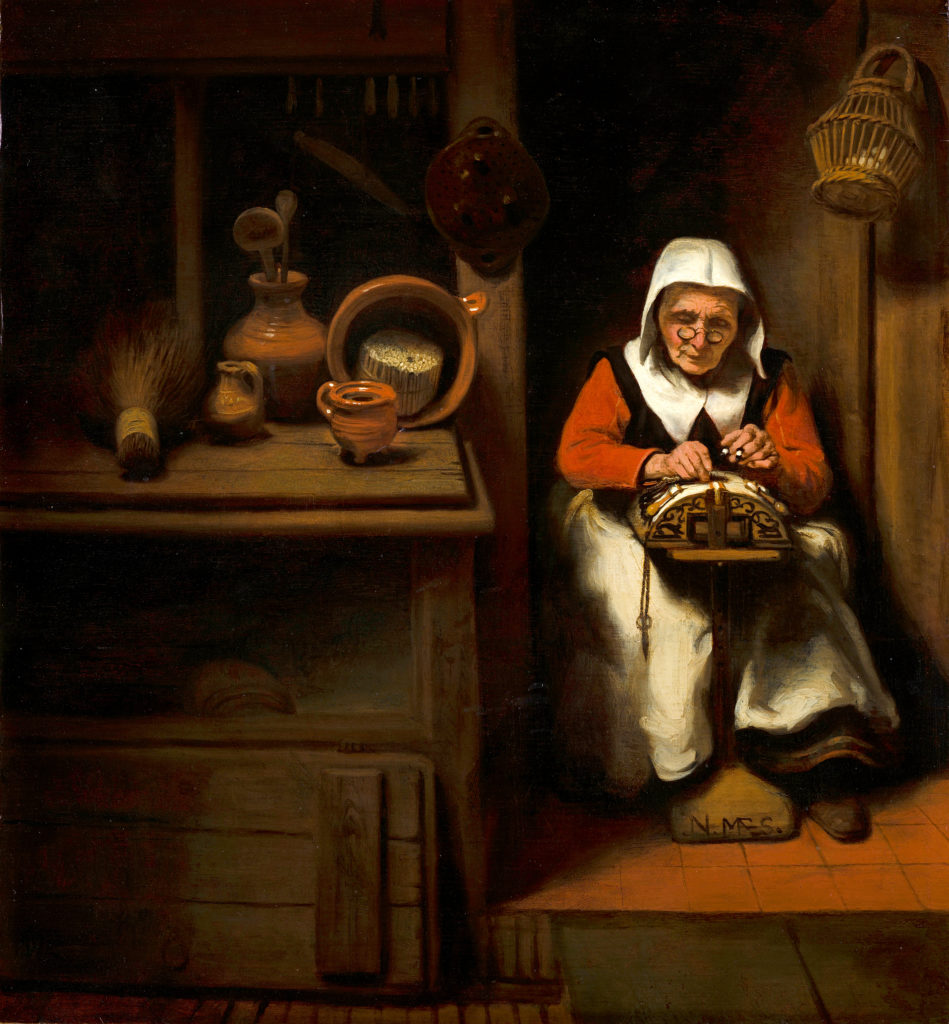
© Mauritshuis, The Hague / Photo: Margareta Svensson
Which were the main reasons leading the National Gallery to devote a monographic exhibition to Nicolaes Maes?
The London National Gallery vaunts one of the most ambitious paintings by Nicolaes Maes, Christ Blessing the Children, which entered the museum’s collection in July 1866. This is probably the most famous painting of a numerous series of works by the artist – the majority of which are genre scenes – which have entered British collections since the early nineteenth century. Considering the vast presence of Maes’ works in London and, more generally, Britain, we thought the time had finally come for the artist to be dedicated a monographic exhibition.
Before travelling to the National Gallery, the exhibition was on view at the Mauritshuis in The Hague from October 2019 to January 2020. How did the collaboration between the two museums originated?
The Mauritshuis has three important portraits by the artist and, in 1994, it acquired one of the last available genre scenes by the artist, The Old Lacemaker (Fig. 1) – now on view in the exhibition – which came from a British collection. Taking this into consideration, along with the Mauritshuis’ long-lasting expertise in organising monographic exhibitions, it seemed to us very natural to collaborate with this museum on the first show ever dedicated to the artist in the UK.
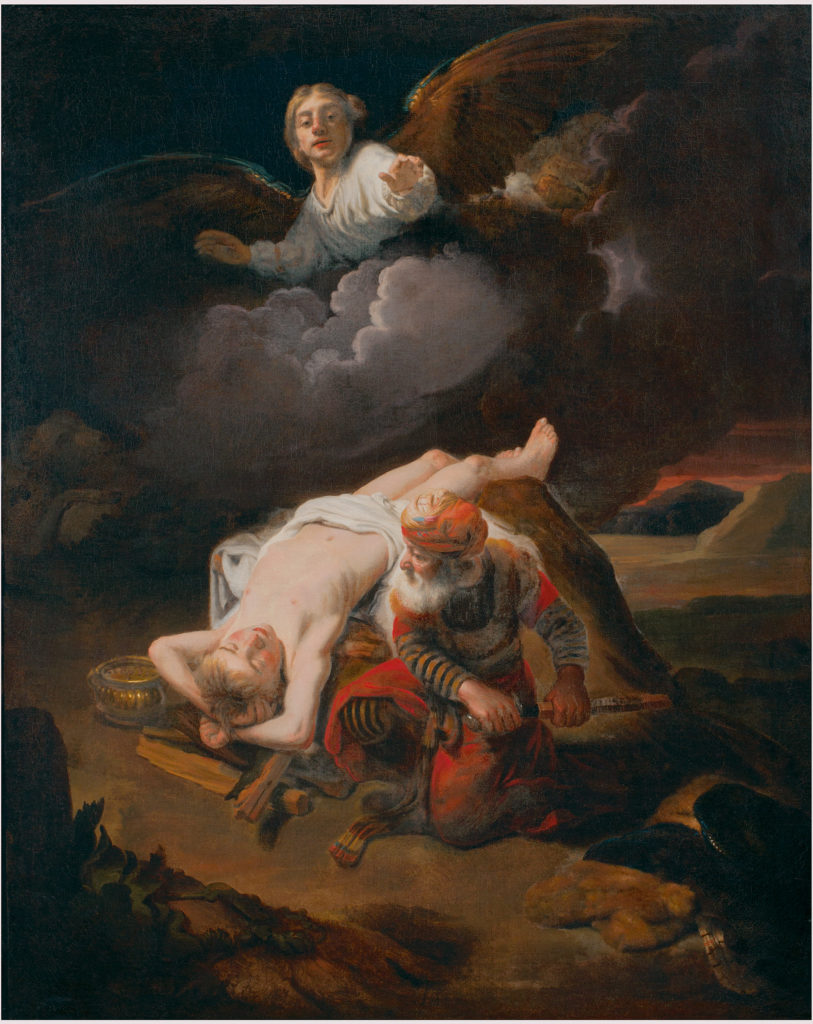
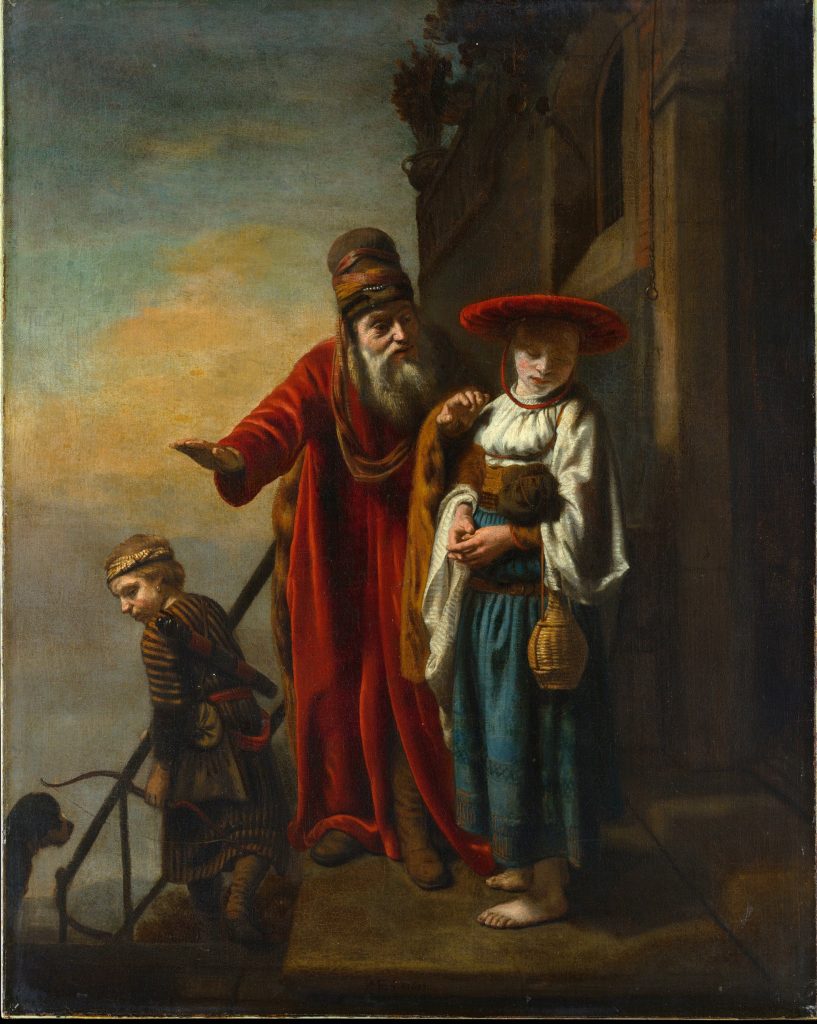
As underlined by the title of the Mauritshuis exhibition (Nicolaes Maes – Rembrandt’s Versatile Pupil), Maes was one of Rembrandt’s most talented pupils. During his apprenticeship, he assimilated his master’s style so closely that a painting such as Christ Blessing the Children was originally thought to be a work by Rembrandt. Does the exhibition investigate the relationship between the master and the pupil?
The first room of the exhibition, where Christ Blessing the Children is on view, investigates what Maes learnt from his master through the display of works he executed not long after finishing his apprenticeship. The Sacrifice of Isaac (Fig. 2) and the Dismissal of Hagar and Ishmael (Fig. 3), for example, reveal Rembrandt’s influence both in the choice of subject matter and in the use of powerful brushstrokes, warm colours and chiaroscuro effects. The London show also includes some early drawings showing how Maes was learning from Rembrandt, along with a preparatory study for the figure of Isaac in the Sacrifice (Fig. 4), revealing the common practice in Rembrandt’s workshop to draw from life.
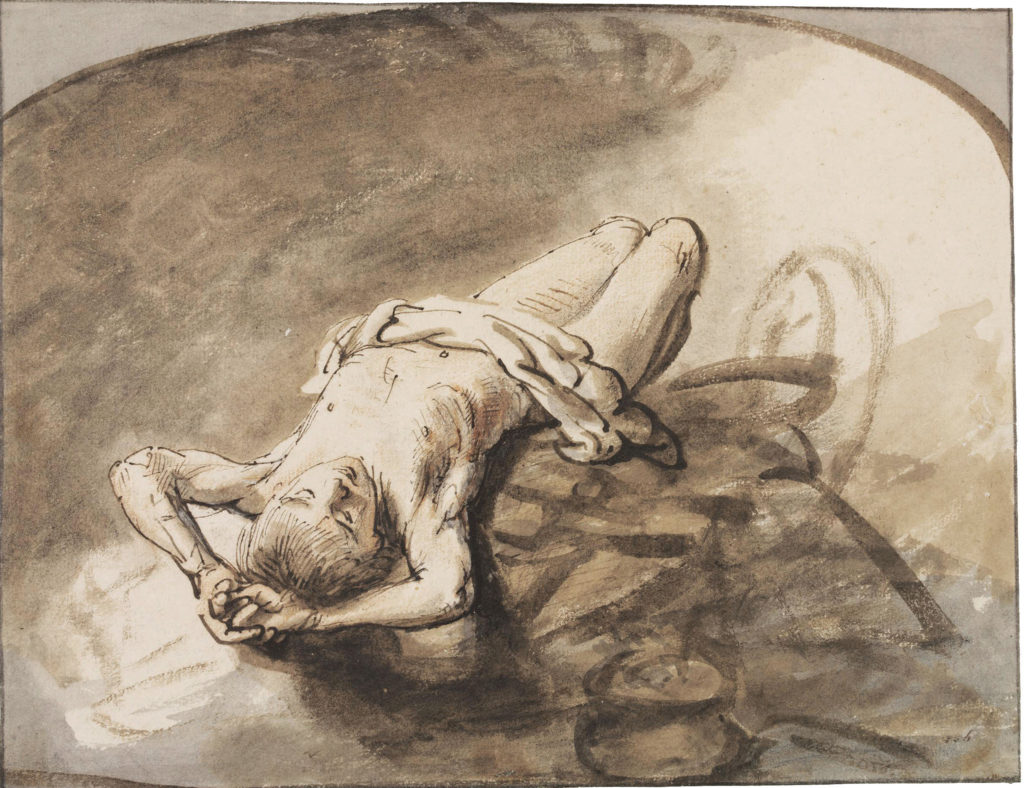
Maes started off his career as a painter of biblical and historical scenes, but later specialised in the production of genre painting and eventually dedicated himself to portraiture. Considering the artist’s versatility and vast production, how did you structure the exhibition path?
Maes career was made of three subsequent phases. When designing the exhibition path, we wanted to accompany visitors through a journey across these very different periods. The first room, dedicated to Maes’ Rembrandtesque phase, is followed by the central section of the exhibition, devoted to his genre scenes, domestic interiors with women captured while sewing, making lace, praying or reading the Bible, etc, which Maes started producing only a few years after ending his apprenticeship. In particular, four of the six “eavesdroppers” (Fig. 5 and 6) painted by the artist are the stars of the second section. Maes’ most inventive compositions and his most significant contribution to Dutch painting, these works depict a woman pausing on a staircase or landing to eavesdrop an incident that takes place in a room situated on a higher or lower floor of the house. With their playful interplay with the viewer, they allowed Maes to stand out in an incredibly competitive environment and sanctioned his success as a painter in Dordrecht. The following section of the exhibition is dedicated to portraiture, the genre Maes devoted himself to exclusively during the second half of his career.

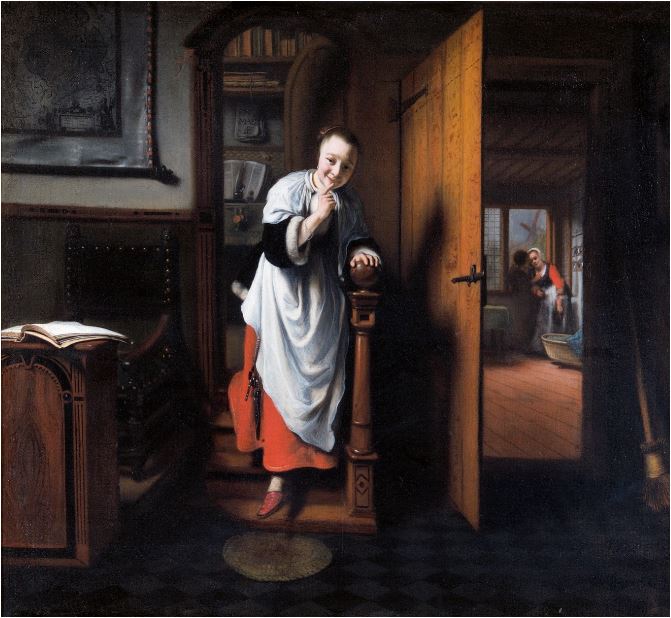
As you anticipated, Maes dedicated himself to portraiture exclusively for more than thirty years, becoming the most sought-after portraitist in Amsterdam and, later, in Dordrecht. Considering his engagement with this genre, which criteria guided your selection of the portraits by the artist to include in the Fexhibition?
When selecting Maes’ portraits, we wanted to include the most appealing examples of the different types he painted. We could not have excluded the famous Portrait of Jacob Trip (Fig. 7) and Portrait of Margaretha de Geer (Fig. 8), depicting two of Maes’ most important patrons, who were also portrayed by Rembrandt. We have then selected two exceptional pendant-portraits of an unidentified boy and a girl, best attesting Maes’ production of classical portraits, and a large, one-of-a-kind Portrait of an Unknown family, full of movement and swagger. The Portrait of Jan de Reus, from our collection, epitomises that category of Maes’ portraits excelling for their naturalism and unflinching reality. In order to show how portraits functioned at Maes’ time, we have included a pair of betrothal pendants in their original frames, which exemplifies the most elaborate type of frame one could commission. The frames are in fact carved with imagery relating to the sitter – naval imagery appears, for example, in the frame of the Portrait of Admiral Jacob Binckes and marriage imagery in that of the portrait of his wife. While installing the show, we also discovered that in the frames around members of the Van Alphen family the female sitters have their initials interwoven in their frames. Finally, we have selected some of the best portraits executed in a van Dyckian style, which Maes embraced after the death of Bartholomeus van der Helst in 1671, granting him enormous financial success.

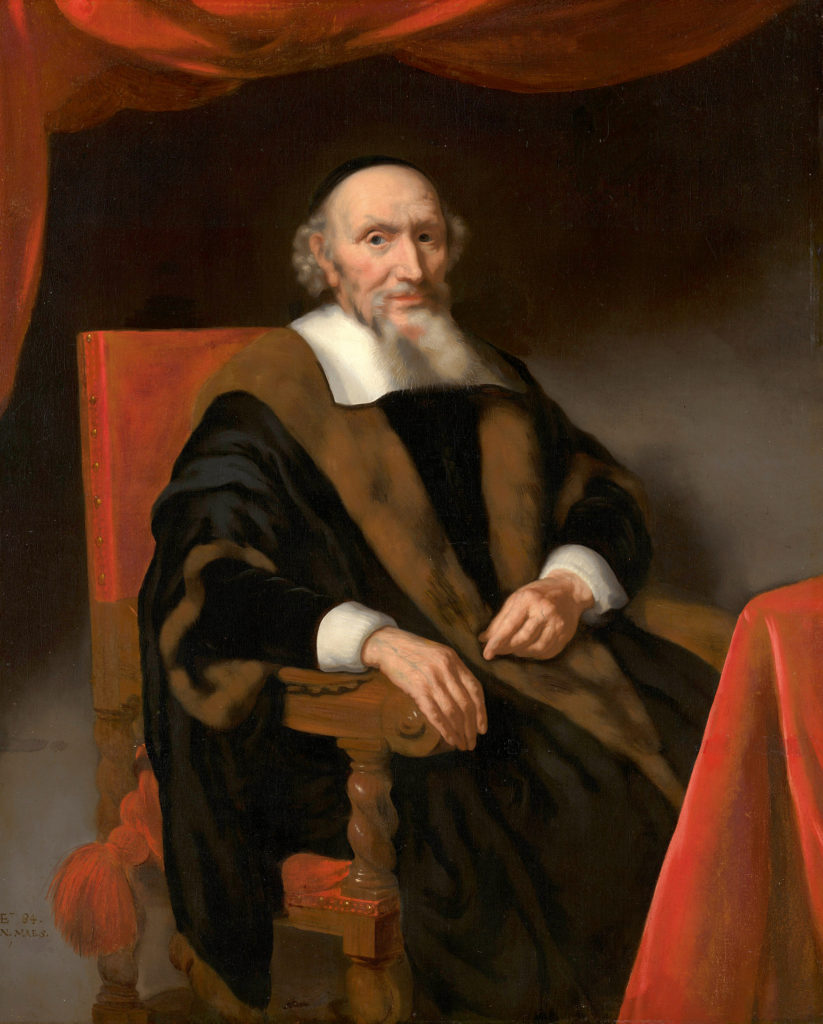
How do you think this exhibition will contribute to Maes’ scholarship and what do you hope will be its legacy?
I believe that, with this exhibition, we have offered scholars a unique opportunity to see the best of Maes across his different periods. It is something that will certainly benefit further studies on the artist and possibly contribute to make future attributions. Furthermore, the display of a series of Maes’ drawings has also drawn attention to a lesser known aspect of his work, which will hopefully become matter of debate and stimulate further studies.
Nicolaes Maes: Dutch Master of the Golden Age
22 February – 31 May 2020
The National Gallery, London
Featured image: Nicolaes Maes, The Eavesdropper, oil on panel, 45.7 × 72.2 cm, 1655 © Guildhall Art Gallery, City of London

